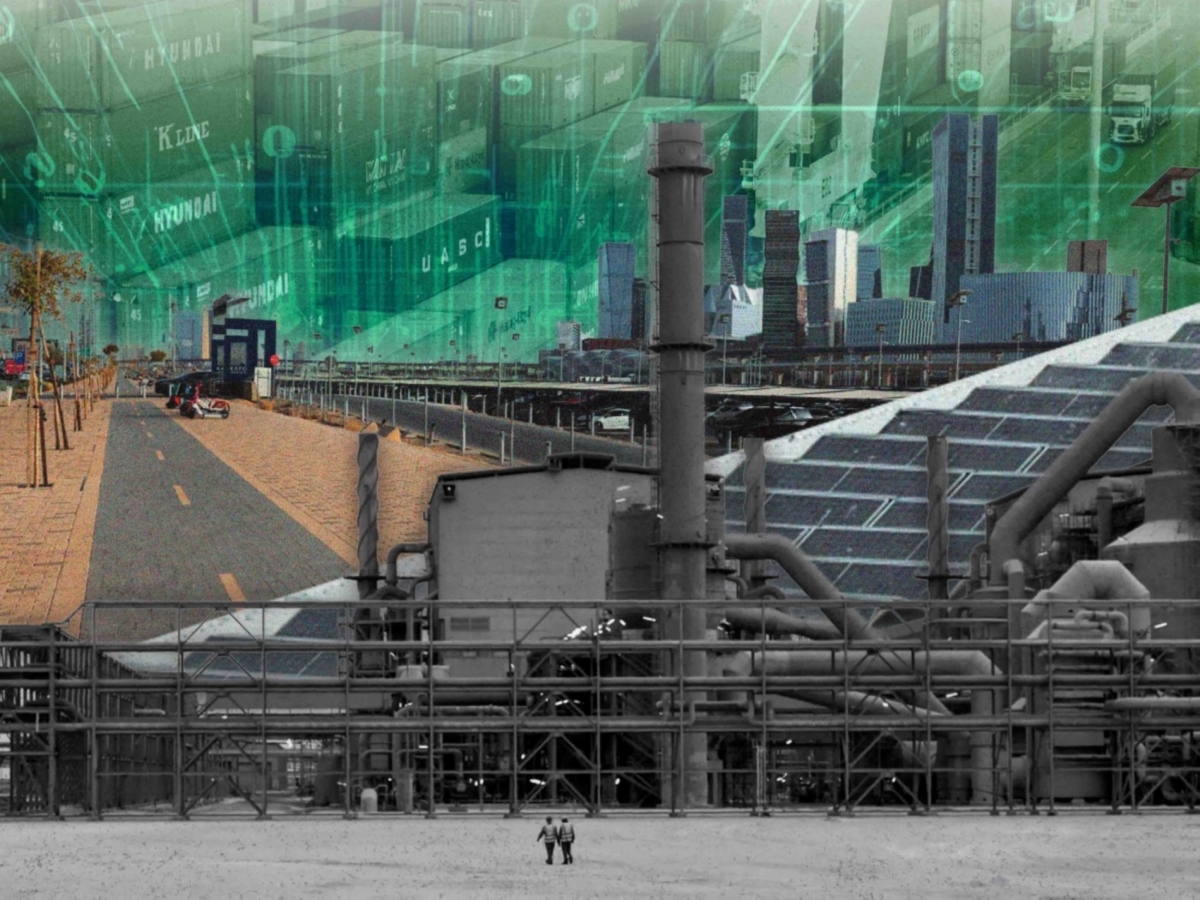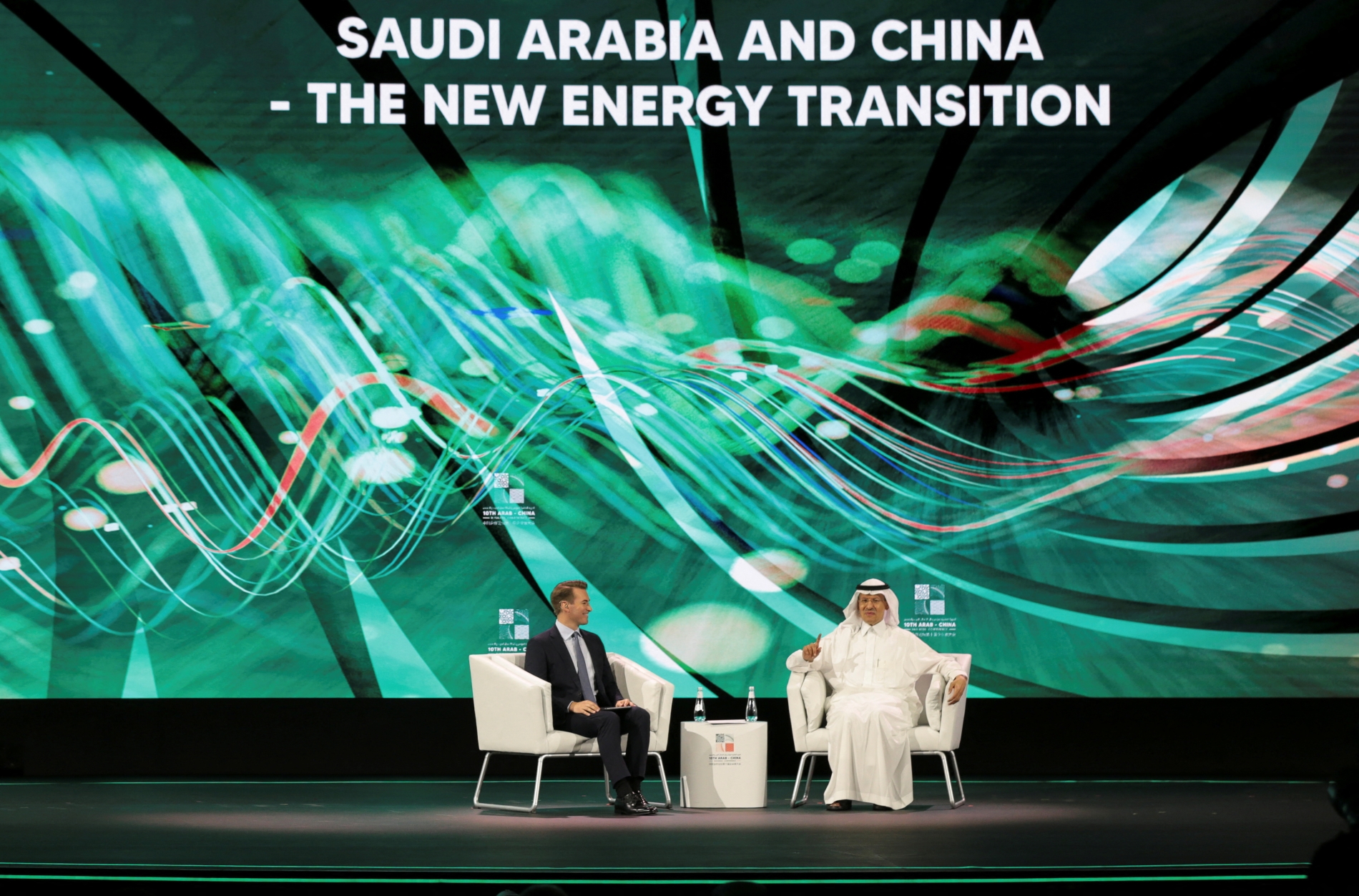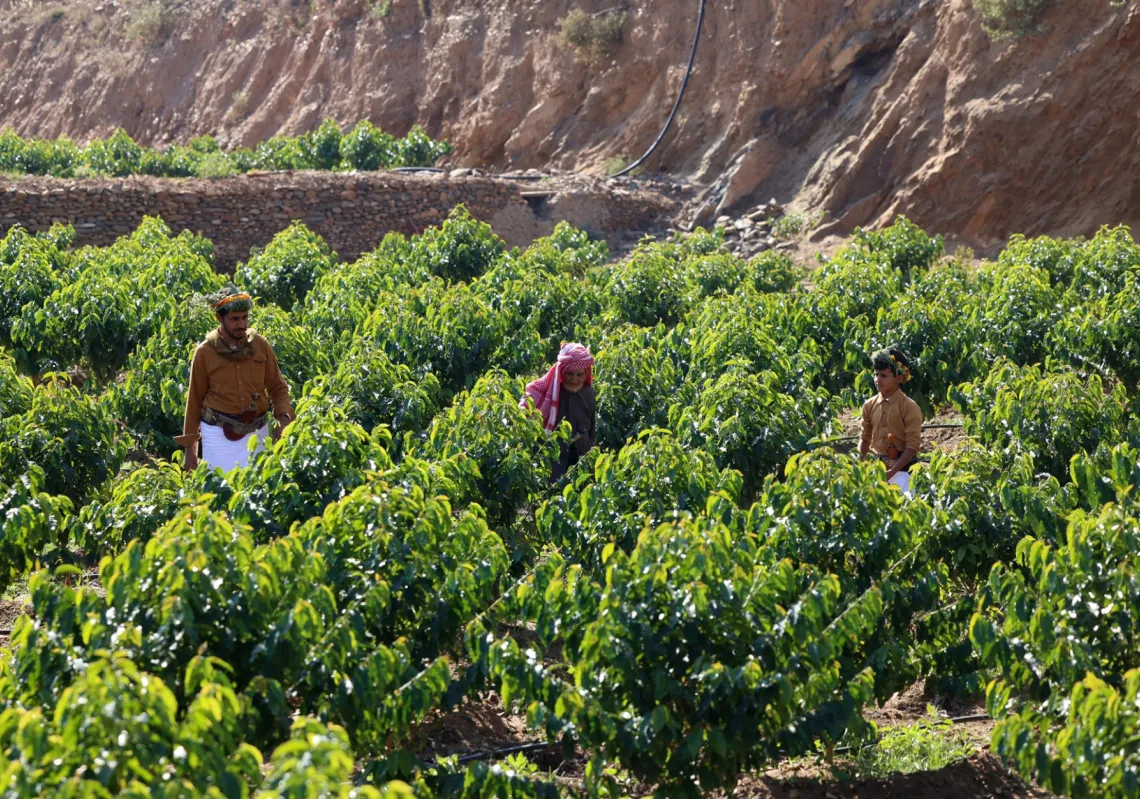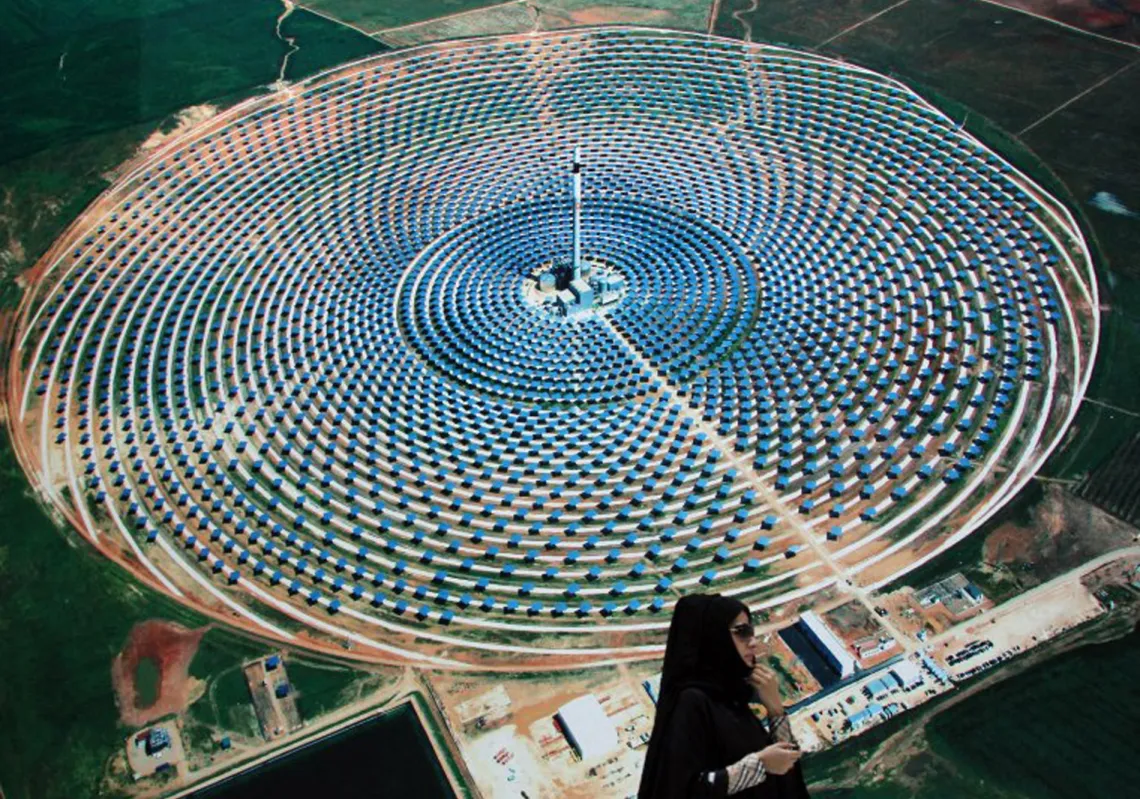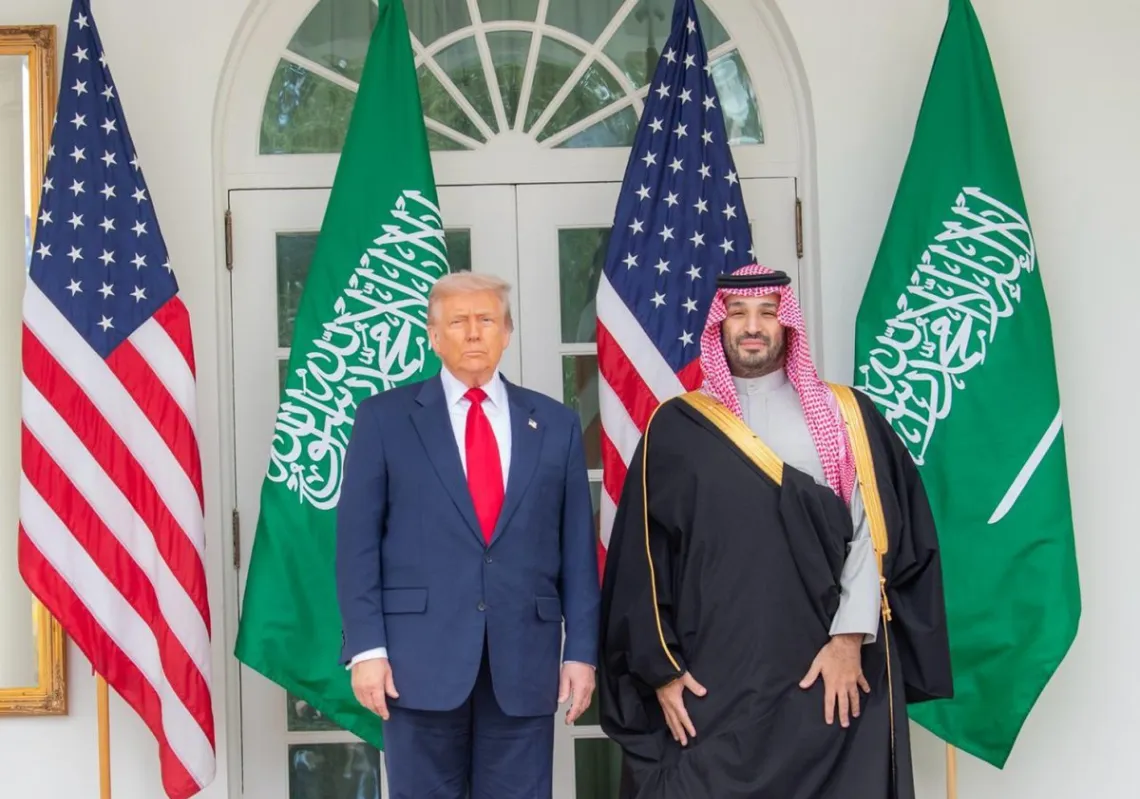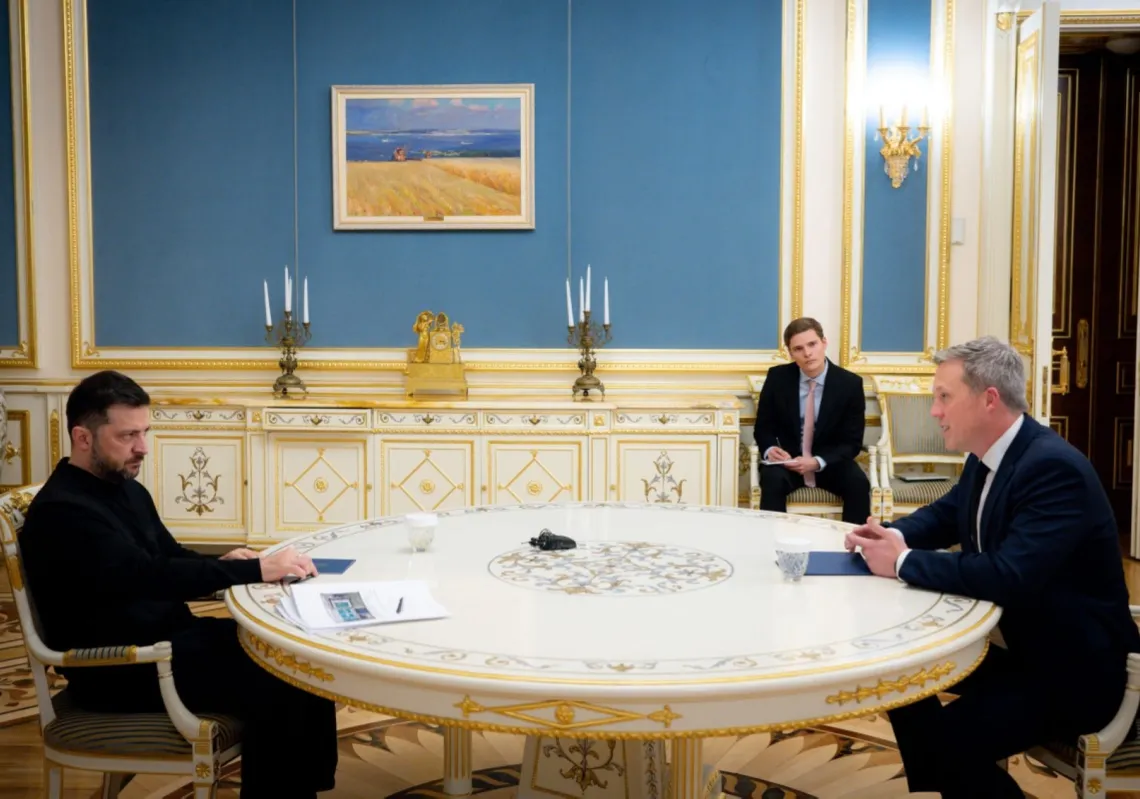After more than 70 years of earning almost all their money from oil, recent data on exports from Gulf Cooperation Council (GCC) countries show a significant rise in the value of their non-oil exports, signalling a long-awaited economic diversification.
In Saudi Arabia, where a central Vision 2030 objective is to broaden the country’s economic base, non-oil exports rose by 17.8% in the second quarter of 2025, while the United Arab Emirates recorded a notable 34.7% increase in non-oil exports during the first half of the year, valued at $100.6bn.
Non-oil exports across the Gulf now encompass a broad range of sectors, most notably financial services, manufacturing, tourism, and manufacturing. There are ongoing efforts to upgrade tourism infrastructure, revitalise financial services, and invest in technology, not least in Artificial Intelligence (AI), but these efforts vary across Gulf states, reflecting differences in administrative capacity, political vision, and each country’s comparative advantages.
Despite the variation, data trends indicate a growing contribution of non-oil activities to Gulf economies, with some estimates suggesting it could surpass oil revenues over the coming years. If so, this would mark a seismic structural shift in Gulf development models.
Rapid non-oil growth
The UAE’s non-oil exports in the first half of 2025 are at historic highs, but it is not alone in growing its non-oil sectors. In the Sultanate of Oman, non-oil exports for the first six months of 2025 came to $3.5bn, up 1.9% over the same period in 2024. While modest, this growth indicates some stability in non-oil sectors despite regional economic challenges.
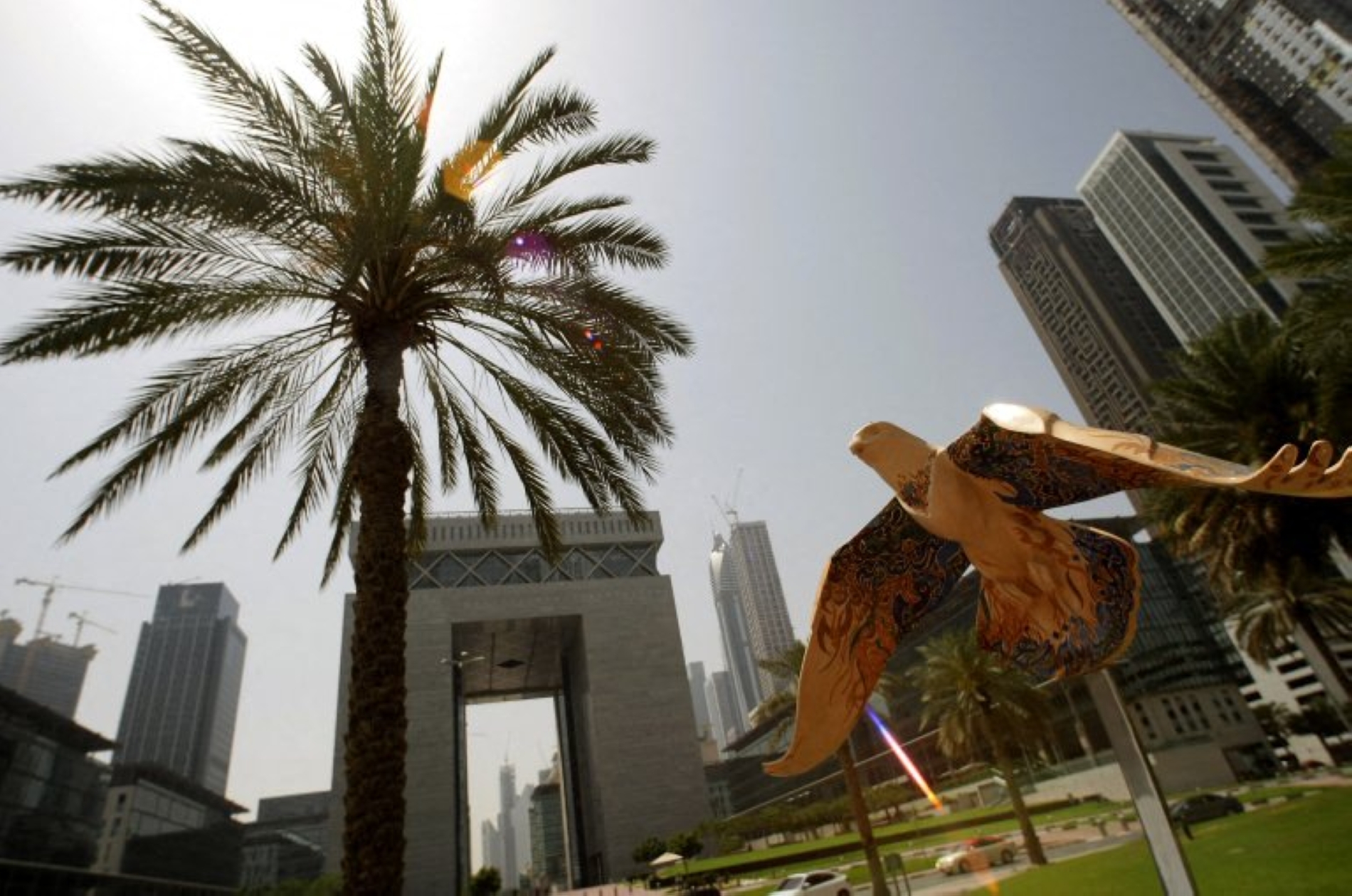
In Saudi Arabia, non-oil exports grew by 13.4% in the first quarter of 2025 and rose further to 17.8% in the second quarter. In 2024, the value of these exports reached $82bn, in itself up by 13.1% from 2023. Qatar’s non-oil exports in 2024 came to $20bn, ranking it third in the Gulf after Saudi Arabia and the UAE. In Kuwait, non-oil exports from the first half of 2025 were valued at $5.2bn. In Bahrain, they were valued at $12.5bn in 2024, a strong performance given the size of its economy.
Saudi Arabia’s non-oil exports are primarily composed of machinery and electrical equipment, chemical industry products, vehicles, construction materials, food, precious metals, plastics, and rubber. UAE exports include pearls, precious metals, gemstones, vehicles, and parts. Many of these exports are thought to consist of re-exports, as several Gulf states still act as hubs for re-exporting goods to nearby markets such as Iran and Iraq, supported by their strategic geographic location and advanced logistics infrastructure.
In Kuwait and Qatar, non-oil exports include chemical products plus electrical machinery and equipment. Oman’s non-oil exports include chemical products and metals, as well as artisanal products. In Bahrain, aluminium has long been a cornerstone of non-oil exports since the founding of Alba Aluminium, one of the world’s largest smelters.


